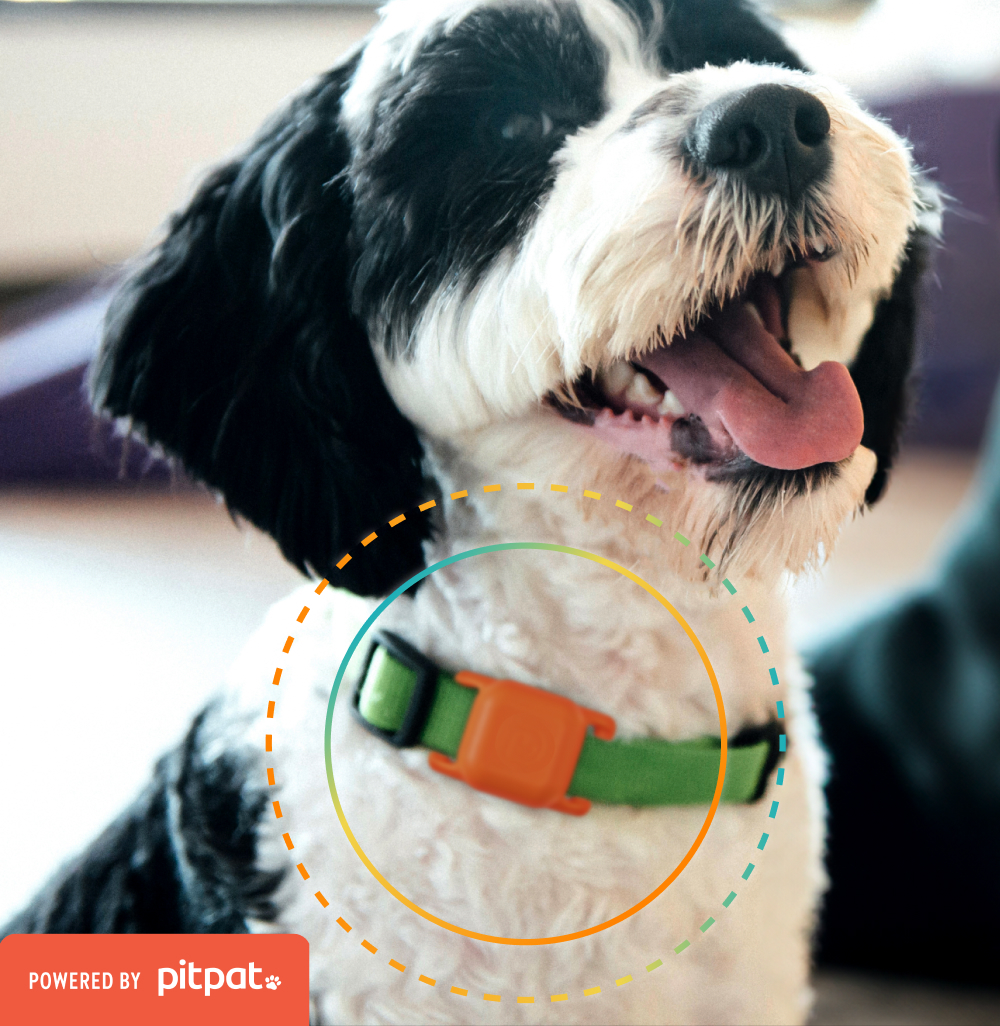Why Dogs’ Sense of Smell Is So Much Better Than Humans

You’ve probably already noticed that your gathers information from his environment by sniffing everything. I call it Facebook for dogs. When I come into the house after a day at meetings, my dogs all sniff me to see where I’ve been and who I might have met. They’re trying to gain information about the world using the best input device they have: their sense of smell.
Dogs’ sense of smell is 10,000 to 100,000 times more powerful than humans’. The human sense of smell is relegated to a small spot on the roof of the nasal cavity, along the main path where air comes in and goes out. The air we smell goes in and out with the air we breathe. When we exhale through our noses, we force out any incoming odors. We don’t smell particularly well (and we probably don’t want to).
Not so with dogs. Scientists are actually trying to reverse engineer the way dogs smell to understand it better and put it to better use. Dogs have 300 million olfactory receptors in their noses; we have a paltry 6 million. And your dog has a much bigger part of his brain devoted to smelling things than you do. That’s why drug sniffing dogs, bomb-sniffing dogs and rescue dogs can be so effective.
When your dog exhales, the air exits through slits in the sides of his nose, and the way exhaled air comes out actually helps new smells come in. More importantly, dogs sniff continuously. Hunting dogs can sniff in continuously for up to 40 seconds when they’re looking for game. And when they do, about 12% of the air detours into a special place in the back of the nose that’s dedicated to olfaction.
You’ve watched your dog running around and sniffing, apparently looking for something. Well, that’s because he can wiggle his nostrils independently and determine which nostril the smell entered in, and that helps him locate the source of the smell. Then he can take the smell and process it through special olfactory receptors inside his nasal turbinates that recognise odors by the shape of their molecules and send signals to his brain, telling him this is a friend, this is an apple, this is a potential predator, etc.
In addition to those turbinates, dogs have something called a vomeronasal organ. This is by far the most interesting olfactory capability, because the vomeronasal organ picks up pheromones, the chemicals all animals throw off when they are ready to mate. Pheromone molecules, when your dog detects them, go to a different part of their brain than odor molecules.
When your dog goes to doggy day care, in addition to care, he’s getting a steady stream of new olfactory sensations, which teach him more about his environment. At Dogtopia, dogs can exercise both their bodies and their senses of smell. Learn more about our dog day care services in Mississauga, Calgary and Coquitlam.












